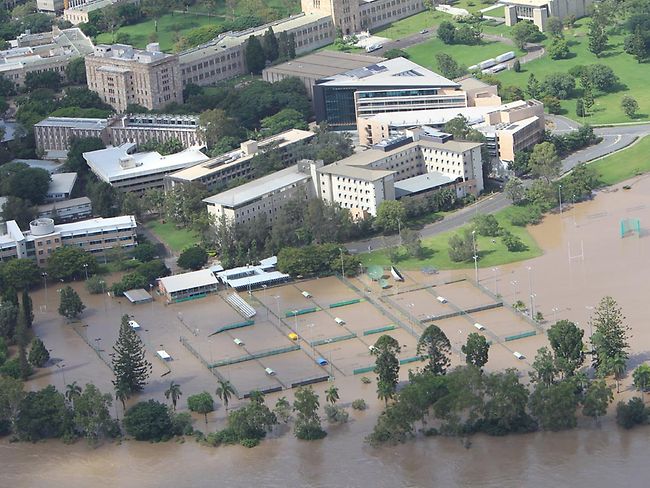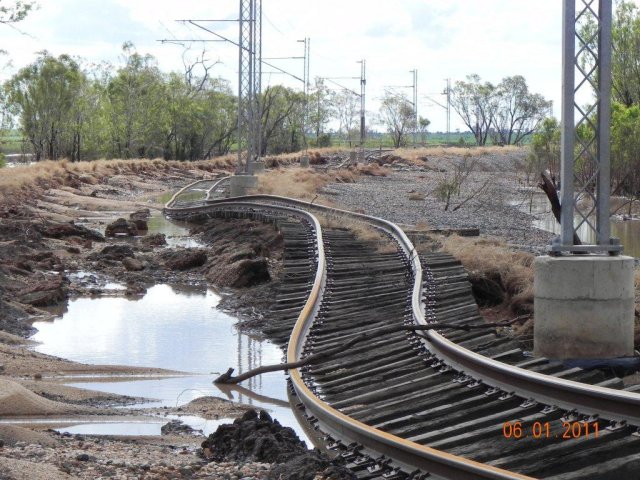Well, sorta:
Three of the four teams that advanced in the NFL playoffs last week did so on the road. The one home team that managed to win was the Seattle Seahawks, who became the first 7-9 team to topple the defending Super Bowl champions. And if Seattle and Green Bay both win on the road, Seattle will become the first 7-9 team to host a conference championship game, by virtue of having won the Oklahoma Dust Bowl of NFL divisions.
If this occurs, by the way, I give up. I will surrender the job of picking NFL games to the coin. You’ll barely be able to tell the difference, really.
[. . .]
By the way, Seattle’s nine losses this season were by 17, 17, 30, 34, 15, 18, 19, 16, and 23 points, which added up to the fifth-worst point differential in the NFL this season, even if you take their playoff win into account. Only Denver, Buffalo, Arizona and Carolina were worse.
And yet with three-quarters of the league lying on various Caribbean beaches letting the bruises heal, here the Seahawks are, two wins from the Super Bowl. Weird? Well, when Marshawn Lynch ripped off that game-sealing, tackle-shedding, 67-yard trample that made the Saints defence look like it consisted exclusively of Canadian pedestrians, it made for the first 100-yard game by a Seattle running back this season.
Up is down, and black is Seahawks blue. At this rate, the Seahawks are going to win the Super Bowl, be collectively elected to form the next American government, discover a universal antibiotic that crushes even the most indestructible of superbugs, and be the first football team to walk on Mars. There, they will defeat a squadron of 14-foot-tall lizard men from a distant galaxy, despite being billion-point underdogs.







